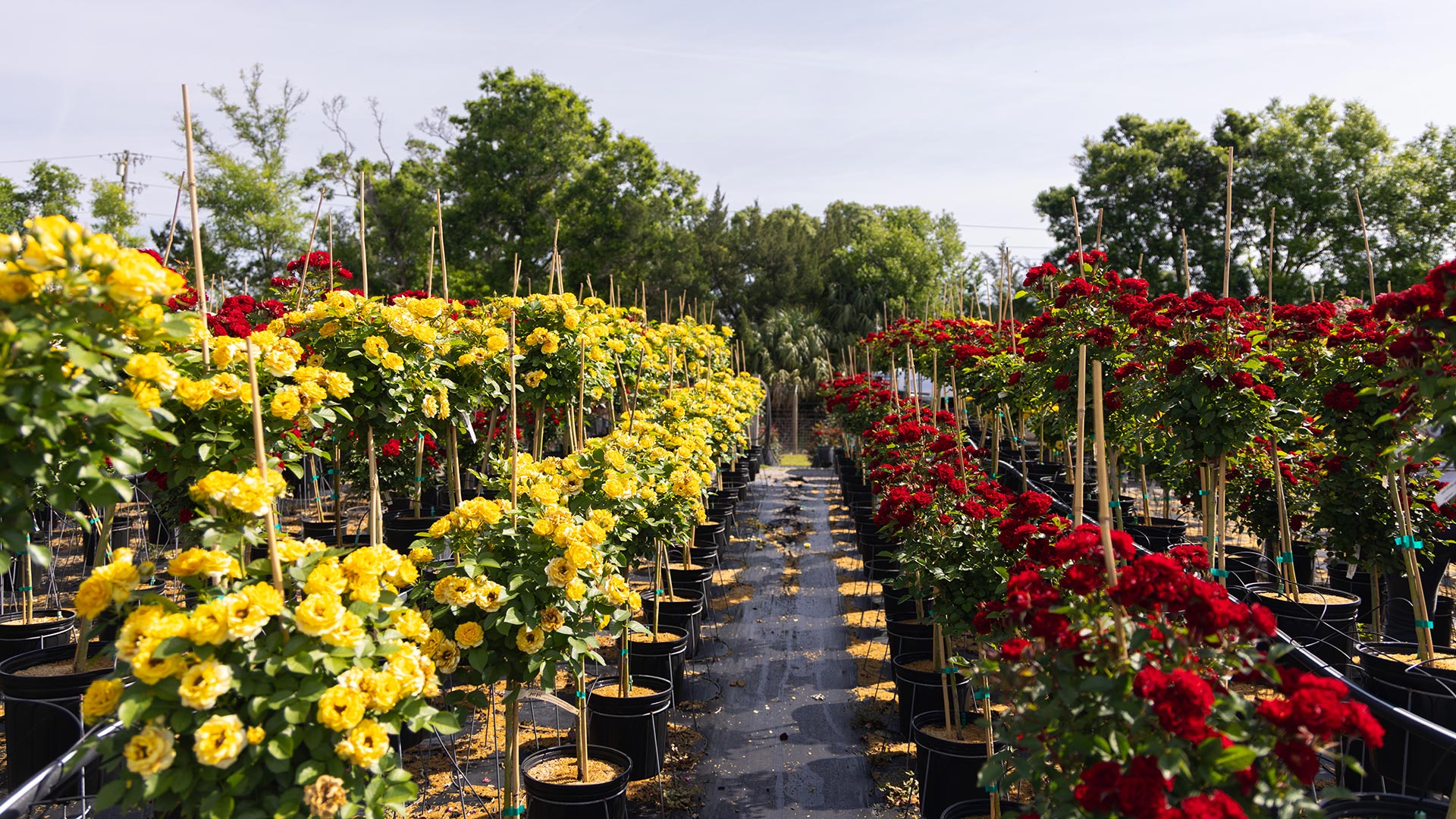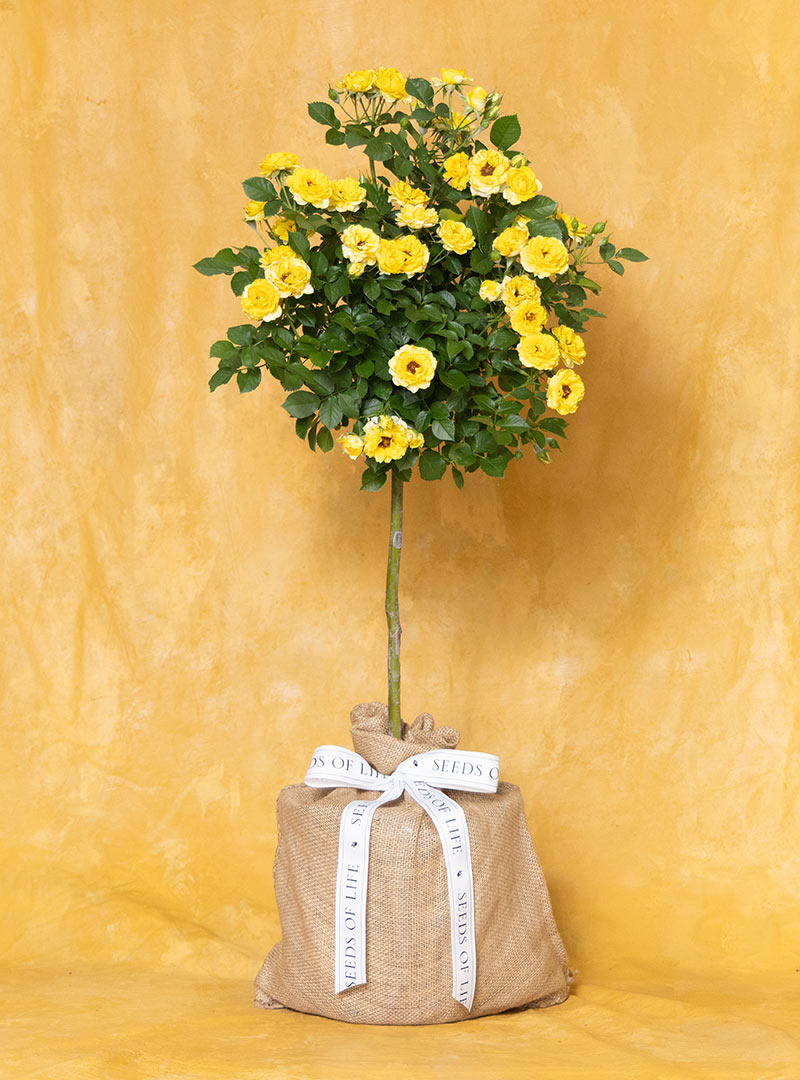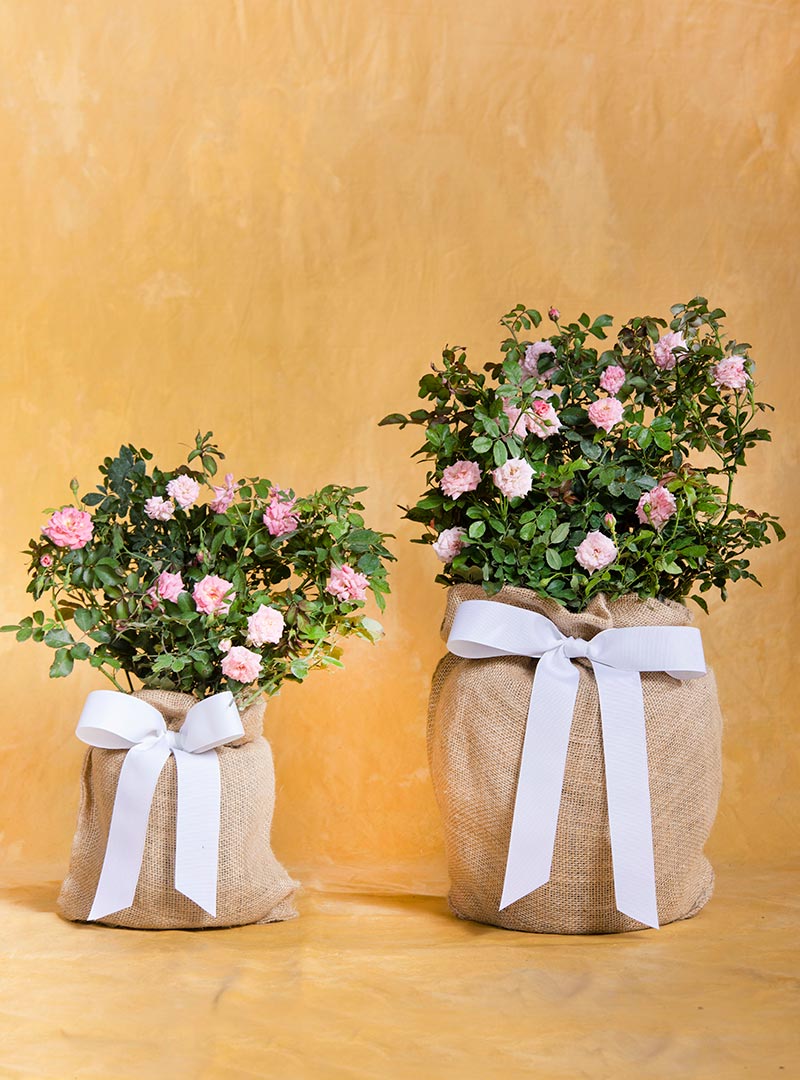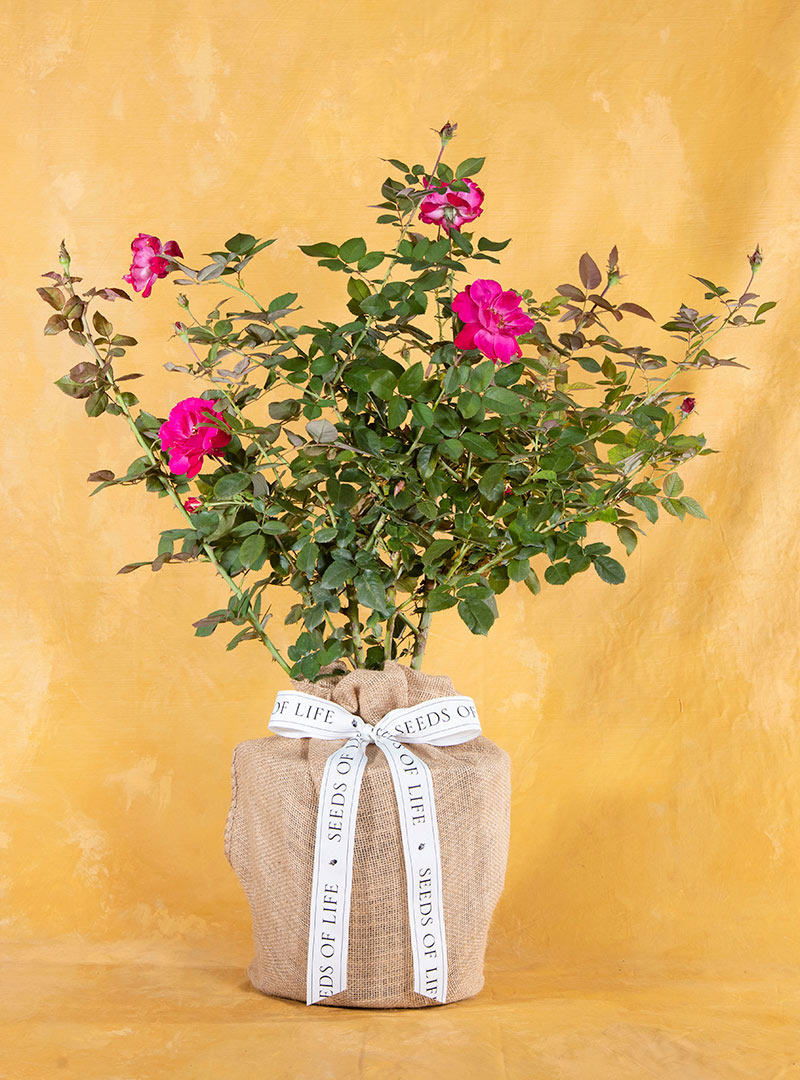They’re classic. They’re timeless. Your grandmother might’ve even had a prized bush.
Roses are notoriously finicky flowers to grow, but they’re easily the jewel of every gardener’s repertoire. For beginner growers and veteran gardeners alike, these plants are among the most beautiful in any yard.
Today, we’re diving into the buds and thorns of rose bush care, brought to you by our Seeds of Life horticulturist expert, Matt Roth.
Picking the Right Rose
“First and foremost, we focus on offering beautiful, aesthetically gorgeous roses that are bred for disease resistance. Whenever we trial roses here and they don’t meet that threshold, we get rid of them,”
-Matt
Roses are prone to fungal diseases - honestly, it’s bound to happen to most bushes. If the plant’s genetics aren’t hardy enough, the fungus might win out over the bush.
It’s worth taking the time to do a little bit of research before picking out roses for your garden; it’ll save you some headaches down the line. If you’re buying from a small business, ask them which of their species are the most resistant to disease.
It’s worth noting that you can absolutely grow roses without a clue as to their natural disease resistance, but if you’re new to roses, you might want a little extra help from the plant. There are thousands of species of roses, so don’t stress over this part.
Where to Grow
According to the USDA Hardiness Zone map, roses do best in zones 6-9. They can take all the way down to zone 3, but you’ll certainly have your work cut out for you. If gardening is your jam, then go for it!
As a general rule of green thumb, roses in the ground are a lot easier to care for than roses in containers… However, if you’re in zone 10, we recommend potting your roses. Tropical and subtropical climates are particularly hard on roses, so you’ll want to have a much tighter control over the amount of water the plant receives.
Here Comes the Sun
Roses adore full morning sun, so wherever you plant, make sure they’re able to catch those early bird rays. They can take it throughout the day, but they need at least 6 hours of full sun.
Yes, getting morning sun for this plant is specifically important, and it’s where a lot of gardeners get into risky business with their roses.
Most of the diseases that roses are prone to are fungal, and fungal diseases need two things to take root: moisture and darkness. Think about it: when was the last time you found mold (for example) in a dry, sunny spot?
By giving your roses that full, glorious morning sun, you’ll help them stay dry and minimize the opportunities fungal infections have to take hold.
Watering Habits & Soil
Here’s the secret to happy roses: water them, but not too much!
You read that right! Roses thrive on soil that has the opportunity to dry out every day. Really, they do best in soil that’s always semi dry. Everything goes back to the fungal disease problem. The less you water your roses, the fewer opportunities fungus has to take over the plant.
Roses truly are the morning person’s flower. In addition to loving their morning sunlight, they also love morning water. Watering your rose bushes during the day or in the morning is crucial so they have the chance to dry out completely by night time.
It’s also worth noting that roses don’t do well in standing water. Wherever you plant your roses, make sure the soil has excellent drainage. Standing water is the perfect breeding ground for fungi and a whole host of other issues for these plants.
With most plants, mulch is your friend. By mulching your roses, you’ll get good weed control and need to water even less. You can absolutely mulch a container-planted rose as well - just be sure to keep an extra sharp eye on how much water it receives. Mulch helps soil retain water, so wait to water until the soil dries out.
A final note on soil: roses are fine with most soil types. If you want to give them an extra boost, they have a particular liking for organic soils. Regardless of what soil you plant a rose bush in, it must be well-draining.
Fertilizer
For those of you who aren’t new to our blogs, you’ll know we love a good slow release fertilizer. A slow release fertilizer does exactly what you’d expect: it gradually lets out its nutrients over a period of time. You’ll fertilize less, which is better for the environment, and the plant receives a steady dose of nutrients over the course of the fertilizer’s release.
We give our roses a 6 month slow release fertilizer. You can get away with a general tree and shrub fertilizer, but do your best to find a 6 month slow release. Our preferred nutrient ratio is 17-5-11.
Fertilize your roses twice a year: once at the beginning of the growing season in early spring/late winter, and once more in the middle of summer.
Fearsome Fungus & Other Pests
All roses are susceptible to fungal diseases and pests. You can do everything perfectly right and some fungus issues will still manage to build up. Sometimes, you’ll have a rose bush for a decade before you see an issue.
The best ways to help your roses avoid fungal issues are simple:
- Give the plant full sun
- Make sure the foliage is dry by sunset
- Keep the soil moist, but not wet
- Prune hard in the early spring to increase air circulation and light exposure through the heart of the bush
Spider mites and aphids are common pests you’ll encounter in your rose garden, but no worries - these pests are easily controlled with neem oil, a natural non chemical pesticide. Regular treatments every two weeks on the affected areas of the plant until the pests are gone will clear the issue up. Be sure to follow the instructions on the container; neem oil is extremely potent and can cause burns. Wait until the evening to do your pest control treatments while the plant is in the shade to avoid harming the plant.
Pruning
Roses are generous flowers. The more you remove from the bush, the more the plant will put out in response. Roses take very well to heavy pruning, so prune hard in the early spring before the bush puts out its seasonal blooms.
“Here in the nursery, we’ll prune hard whenever we need to if we don’t like the look of the shrub to get a hard flush of flowers, especially in the spring or summer,”
Matt
As you go about your pruning, be sure to pick up the dead prunes. Sometimes, the fungi that hurt roses are spread by leaves left on the ground.
Our Favorite Roses
Matt has a soft spot for roses. “All roses are on full exhibit around Mother’s Day, and I love them because they’re just the perfect gift for moms.”
As we mentioned, there are thousands of species of roses. The ones we love the most (and yes, they are available on our website) are the Sunblaze topiary, the Drift Rose, and the Sweet Spirit Rose.
Here’s what Matt has to say about each:
- The Sunblaze Topiary Rose: “These are beautiful in a container on a patio. You’ll get full flushes of flowers. As the flowers drop, we pinch off the deadheads. Once you pinch off the finished flower, it encourages other blooms and helps with the shape. This applies to all roses, but these roses are bred specifically to get more flowers that way.”
- The Drift Rose: “The Drift Rose is more of a ground cover rose or a mounding rose, so it doesn’t grow very tall. It’s got the most beautiful lavender and pink flowers.”
- The Sweet Spirit Rose: “The Sweet Spirit Rose is a large bush rose. It grows up to 3 feet tall and puts out these big, fragrant red flowers. It’s exactly what you envision when you think of a luscious red rose.”
So, there you have it! Rose care from the experts. How does your garden grow? Have you encountered any pesky problems with your plants that we didn’t cover? Did you find our advice helpful?
We want to hear your growing stories, your trials and triumphs! Reach us through our Facebook page, instagram DM, or email to share your story and ask us your questions!
Until next time!




